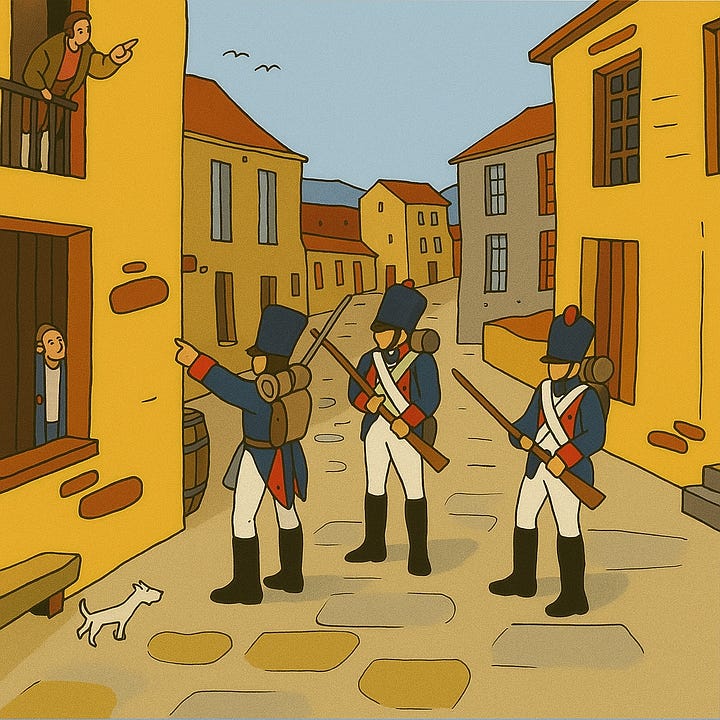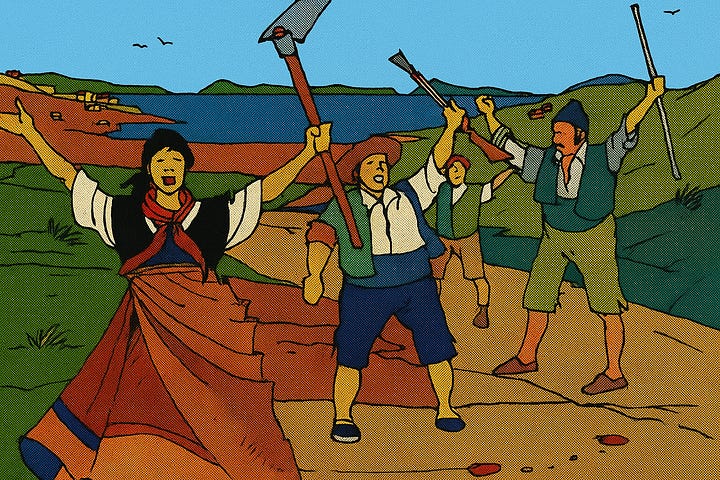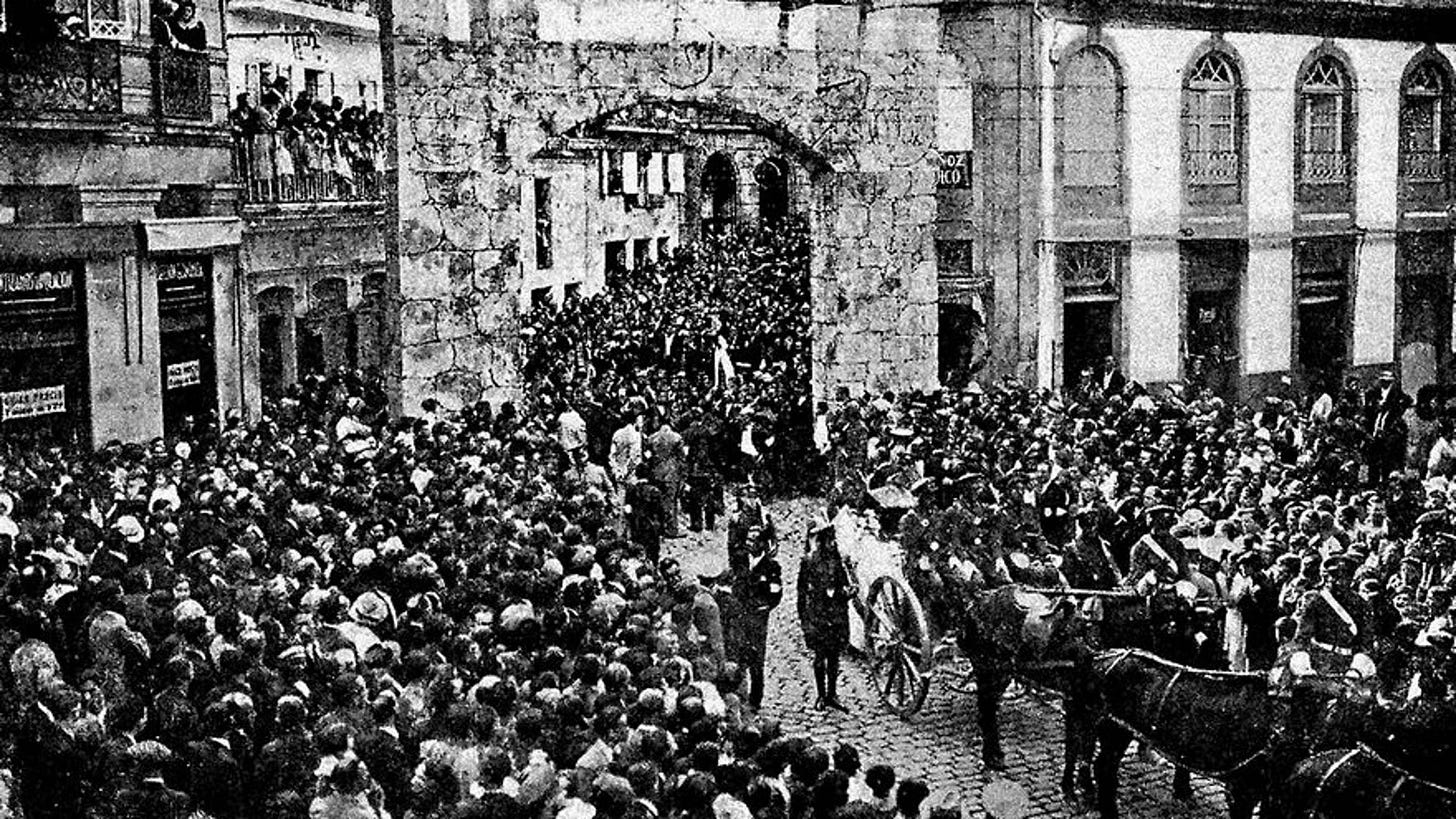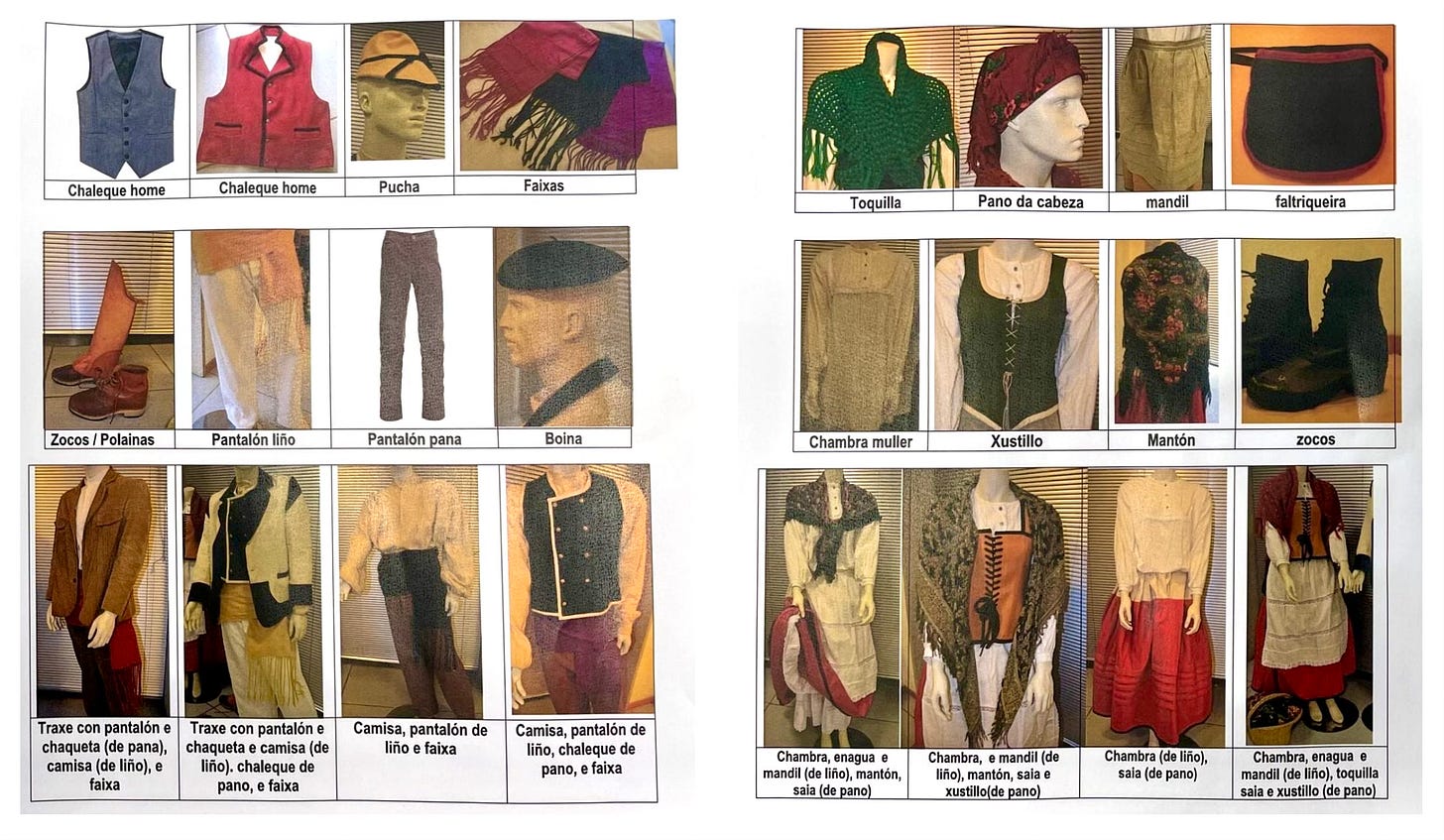

In 1809, as Napoleon’s armies swept through Spain, the small Galician port of Vigo became an unlikely beacon of resistance, defying the odds to reclaim its freedom. The period in question is the Peninsular War, when Spain, Portugal and the UK teamed up to expell the French under Napoleon. Galicia was in the midst of becoming occupied territory and the British were forced to withdraw. The French troops started to head south, through Santiago de Compostela and eventually Vigo - the last key town before the Portuguese border, even though Portugal had already been invaded over a year earlier1.
Until that point in time, every major Spanish city on the war path - Barcelona, Pamplona, Madrid, Zaragoza and A Coruña - fell to the French. And yet a city with just 10,000 residents at the time, smaller in both size and population than any of the others, was able to repell the French imperial forces.
The uprising would become known as the Reconquest of Vigo, and took place on the night of March 27th 1809 and, by the next day - after nearly two months of occupation - it was over. But the plan didn’t come together overnight - it had begun weeks earlier, in mid-February, with secret meetings, covert resistance, and acts of sabotage, “by hiding food from the French, stealing their weapons, and passing messages.” [2]. By mid-March, the seige had already started with locals no longer content in their subterfuge, they become more bold in their strategy and start attacking soldiers here and there. On March 23rd, a demand of surrender is sent to the French.
Although French reinforcements are fast approaching, British frigates are arriving to support the local efforts. Time has run out and all out fighting starts. An old sailor takes an ax to the main gate at A Gamboa but is swiftly killed but his effort is taken up by Captain González, aka “Cachamuíña”, before he is also hit by French bullets2. As the gate breaks open, the French soldiers retreat. By dawn of the 28th, they surrender and 1,400 are taken prisoner aboard the British ships.
In recognition of their triumph, King Ferdinand VII granted Vigo the title of “ciudad fiel, leal y valerosa” (faithful, loyal, and courageous city) in 1810, a phrase that can now be found on the city’s coat of arms. The lesser known irony is that, in the same year, the king wrote a letter to Napoleon declaring loyalty and requesting an imperial princess.
Darker Days
While the Reconquest is a solid tale of bravery and heroism against an invading force, it’s perhaps important to note that Vigo was not a bastion of defiance and triumphs.
Ninety years before the French attack on Vigo the British were the ones who briefly captured the city. In late 1719, during the War of the Quadruple Alliance, the British arrived in the bay with 80 warships and 6,000 troops and bombarded O Castro fortress as punishment for Spanish support for the Jacobite rising. The British held Vigo, Redondela, and Pontevedra for ten days, destroying military stores and ships, with 300 Spanish casualties. Then they switfly withdrew, but not before looting the cities [3].
And, returning to Ferdinand VII, it wasn’t long after the events of the 1809 Reconquest that the King temporarily lost his absolute monarchy after a military uprising in 1820 forced him to accept limiting his power. The shortlived period of liberal governance ended in 1823 when French forces yet again invaded Spain, to restore Ferdinand’s absolute rule. In Vigo, this led to the city’s quick surrender & the execution of liberal rebels in the city of Redondela [4].
Yet, despite these darker chapters, the spirit of the 1809 Reconquest continues on, celebrated each year with a festival that transforms the event into a lively display of Galician pride.
The Annual Reconquista Revelry
Since 1994, Vigo’s city council has celebrated the Reconquest every year, on March 28th3 and also transformed it into a public holiday. From 1994-96, it was commemorated in a more demure manner until the residents of the Casco Vello, or old town, spurred on reenactments from 1997 onwards, turning it into the city’s most lively and anticipated event.
The main theatrical events are: the seizure of the town hall, the closing of Vigo’s walls, deadly tavern clashes between locals & French soldiers, local women distracting the invaders, the storming of Gamboa Gate, and the French retreat by sea. Yet the overall entertainment goes beyond theater, as the description below shows [5]:
What once took place in a single square of the Old Town now spans a full month of events, reaching its peak around the historical dates. Hundreds of people participate in the reenactment; there are hundreds of artisan and food stalls, and thousands of visitors take part.
Online, one can also find street interviews - usually humorous in nature - with reenactors [6] where they espouse their opinion on varied topics.
In preparation for the big event, the city’s tailors and rental shops - such as Non te Cortes and Arranxos - become quite busy. Costumes in the style of the period, mostly made of linen and wool, cost around 500 euros for the full set and are, of course, reusable in subsequent renditions. Menswear consists of items such as vests, berets, sashes and clogs while womenswear includes corsets, shawls, headscarfs and a faltriqueira4. Budget-friendly options also exist, to an extent, for those with a grandparent’s closet to raid. And for those bold enough to embrace the role, dressing up as a French soldier is also an option. No matter which role is taken on, it might be wise to tailor the costume to leave room for the culinary fare and the libations.
Among the food and drink, the visitor will find empanadas, churrasco, filloas and choripán [see above], with the usual drinks being wines, ciders, sangria and beer5. In the spirit of a Renaissance Fair, there are also demonstrations of traditional crafts and musical performances featuring over thirty bands and dance groups.
In 2019, Spain declared it a Festival of National Tourist Interest, one of twelve in Galicia. And the most recent celebration in 2025 attracted 250,000 spectators, a record number across all 28 editions and further cementing its status as a cultural cornerstone. The next celebration is reportedly scheduled for March 21-29, 2026 and promises another lively tribute to Vigo’s past. From the heroic stand of Cachamuíña at Gamboa Gate to the lively reenactments and artisan stalls of today, Vigo’s Reconquest continues to bring together different generations and celebrate a spirit of community and courage.
Sources
1 - Vigopedia: 16 de marzo de 1809: Se estrecha el cerco sobre Vigo
2 - Con la Reconquista Vigo se liberó de la ocupación francesa
3 - La fortaleza del Castro, la historia olvidada de Vigo (video clip)
4 - Algunas curiosidades y omisiones sobre la Reconquista de Vigo
5 - A Reconquista de Vigo: A festa
6 - La Reconquista de Vigo (Reportaje) & La RECONQUISTA de VIGO
7 - El Español: ¿Cómo ser un auténtico vigués de 1809?
causing the Royal Family to flee to Brazil
the hero of Vigo survived and led a humble life in his native Galician town before dying of old age in 1848
usually the weekend surrounding it
Galicia has an entire festival celebrating the filloa, and Vigo has one just for Sidra, or cider






